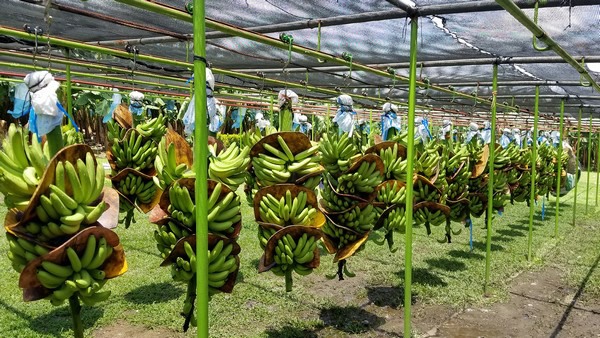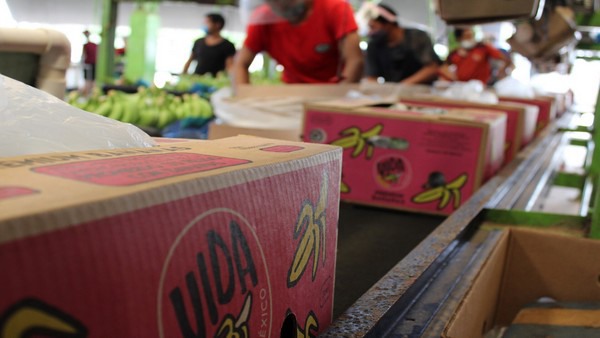Supplies of bananas from traditionally sourced countries continue to be tight.
Andy Thomas-Stivalet of Kadivac Produce estimates that 15-20 percent of the total weekly supply to the United States was disrupted due to the losses in Honduras and Guatemala following the hurricanes, including Hurricanes Eta and Iota, that hit the region last November.
“The big three companies have found areas to get fruit from and they’re meeting demand. But their costs have gone up so we’ve seen a big change in price over the year,” says Thomas-Stivalet adding that supplies are now also coming from Costa Rica, Ecuador, Colombia and Mexico. “They’re all trying to source Mexican fruit because the time to market is low and the logistics costs are also low. They’re trying to secure long-term deals for organic and conventional bananas.”

Regional recovery
As for Honduras and Guatemala, while they continue to have some supplies, Thomas-Stivalet notes that crop recovery in those countries could take at least two years, if not longer. “I’m not sure they have the financial means to replant these farms because the capital costs are enormous. It’s hundreds of millions of dollars to invest in replanting these areas and I don’t see that happening soon, especially with the price of bananas,” he says.
Price can be a contentious issue for those working with bananas. “One of the biggest problems we have is retail’s obsession with using bananas as a loss leader. Eventually people are going to realize that they’re not going to be able to continue exploiting the banana producers and growers the way they have been doing over the years. That might become a sensitive subject for people,” says Thomas-Stivalet.
At the same time, while consumption of bananas in the U.S. and Canada is high per capita, Mexico may present a new opportunity. “The per capita consumption in Mexico is really low so that might be a market that could see a shift in internal demand though I think that’s longer-term,” says Thomas-Stivalet. “That said, the new Mexican administration is really focusing on childhood obesity and doing a lot of nutritional campaigns so it may happen sooner than later.”

Demand even
As for demand, it is stable currently. “With COVID-19, there was a strange period in the middle of last year where foodservice demand died down but retail picked up the slack. It rebalanced,” says Thomas-Stivalet. “And in the summer and fall, demand was 90 percent of what it normally is but it seems to have balanced out more recently and is back to normal demand.”
In turn, pricing is significantly stronger on bananas. “We’re seeing spot market pricing that’s a 50-55 percent difference from last year,” says Thomas-Stivalet. “I think we’re going to see prices stay up for the foreseeable future and we’ll see what areas can step up to the plate to increase production. If the price stays high for awhile or goes up, it’s going to make it more economically feasible for banana growers to plant more. Which hasn’t been the situation for awhile. But I think the prices are here to stay and a lot of people on the buying side haven’t really caught up to that idea.”
For more information:
Andy Thomas-Stivalet
Kadivac Produce
Tel: (+52) 962-625-3303
Sales@kavidac.com
https://www.kavidac.com/
